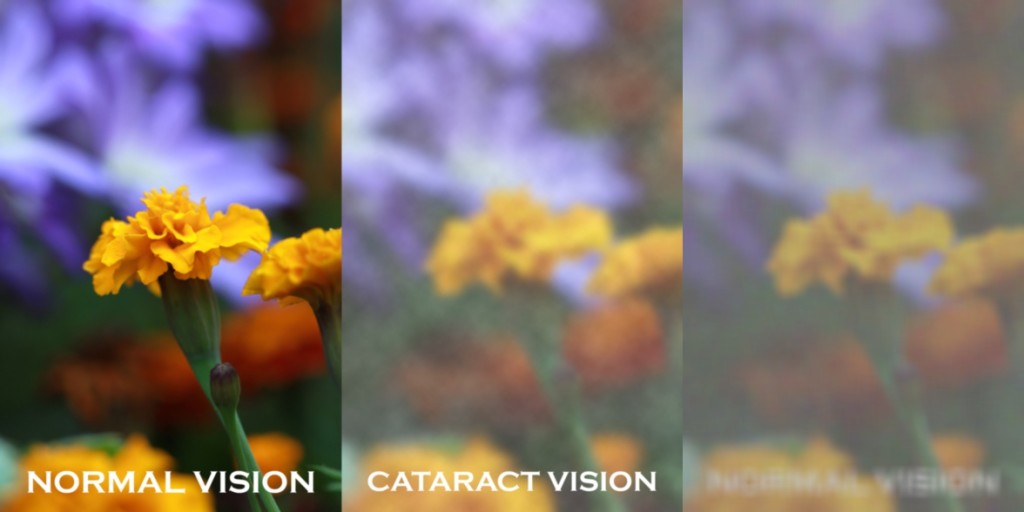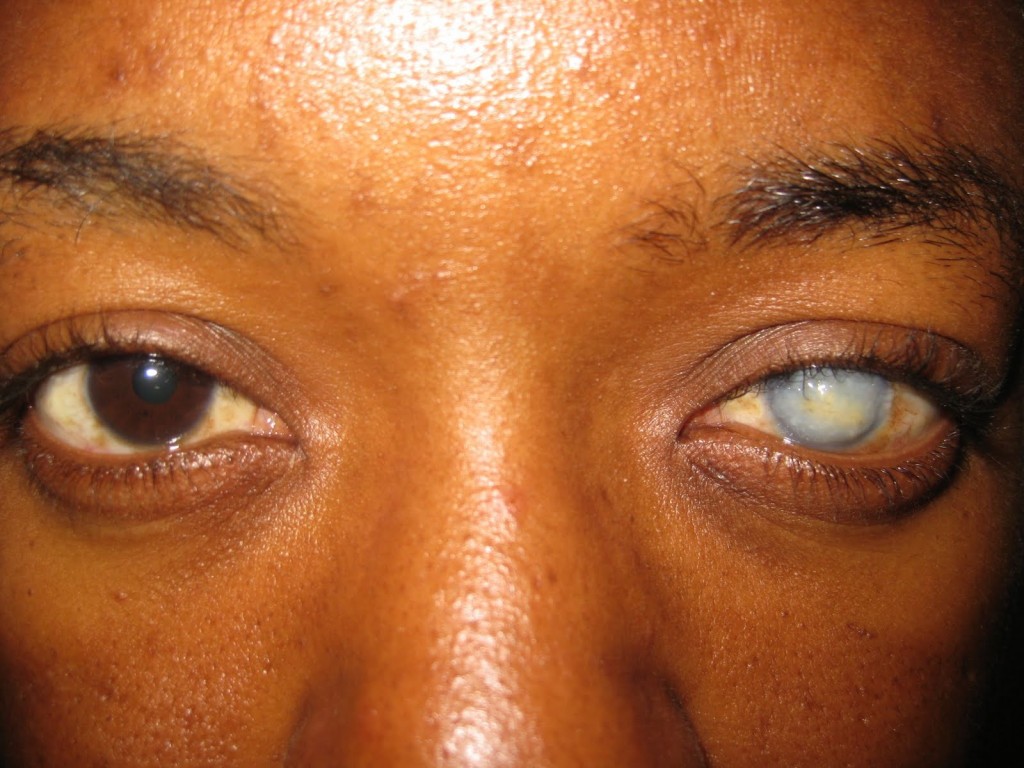Reversible Blindness – An Overview
The main reason for blindness in developing countries is cataract. The World Health Organization (WHO) reported that 39 million people worldwide are blind, and another 246 million people live with moderate or severe visual impairments.
Luckily 80% of all cases of blindness in developing countries can be treated or prevented according to Light for the World, a Europe-based NGO dedicated to eye health and community-based rehabilitation.
Besides cataract there are a few other causes of blindness which are also reversible. Glaucoma, corneal blindness, certain types of retinal damage, etc.

Glaucoma is a group of diseases that damage the eye’s optic nerve and can result in vision loss and blindness. However, with early detection and treatment, you can often protect your eyes against serious vision loss.
Out of 39 million blind worldwide, 3.8 million (38 lakhs) are corneally blind in India. Out of these 60% are children. Corneal blindness occurs due to several reasons, chief among them being malnutrition (such as Vitamin A deficiency), poor hygiene, acid or alkali burns, damage by foreign objects, etc. Fortunately, corneal blindness is reversible and different from untreatable blindness.
Scenario Today & Challenges Ahead
Cataract Blindness : It’s a form of blindness which can be treated with simple operation which lasts only 15 minutes and can restore eyesight. However, the poor do not know that a simple surgical procedure and put their life back on track and make them employable again.
Glaucoma and other types of blindness can also be treated by medicine/surgery. Treated is usually neglected due to lack of high cost of medicine and constant follow-ups at clinics.


Corneal Blindness
This sorry state of affairs is largely due to the fact that eye banking is not looked upon as a specialized medical fraternity and is not handled, at most eye banks, by professionally trained persons. In Mumbai, particularly, eye banks are run, not by professionally trained eye bankers, but by architects, lawyers, chartered accountants and ophthalmic surgeons who obviously have vested interests. As a result, 80% of donated eyeballs are unusable due to faulty processing. This deprives a large number of blind persons the gift of restored vision.
While the demand for “healthy processed corneas” is constantly increasing the supply continues to remain the same. The wait list of blind recipients at the central coordinating eye bank in Mumbai today stands tall. Furthermore, blind patients receive the eyeball for free but have to pay the cost of eyeball processing, surgery and hospitalization. The only exception to this is patients served by government hospitals. The result is that many low to middle income individuals who may not have the means to pay the cost and, for one reason or another, cannot avail themselves of good hospitals are denied the benefits of this treatment option.
In order for eye banking to succeed and corneal blindness reduced by use of donated corneas, it is important that:
- People are educated on the importance of donating eyeballs to help the blind. Even after they become motivated to consider donating their eyeballs, they would need to develop faith in the professionalism of the eye banks and be assured that their donation will be well used.
- There be complete accountability and transparency in operation of eye banks.
- There be financial provision to help those blind patients who cannot afford to pay for the surgery. Failing this, the benefits of corneal surgery would be restricted to the financially well off.